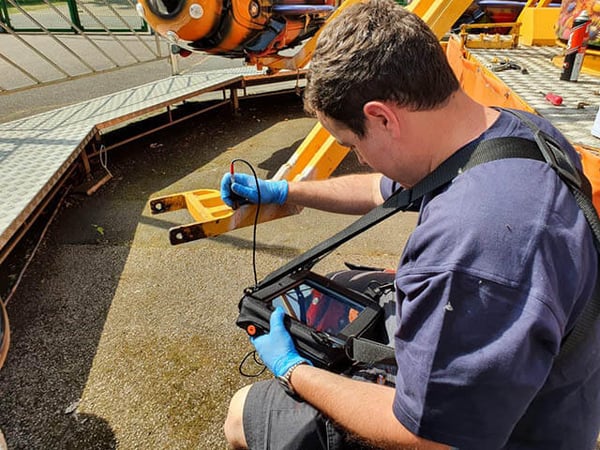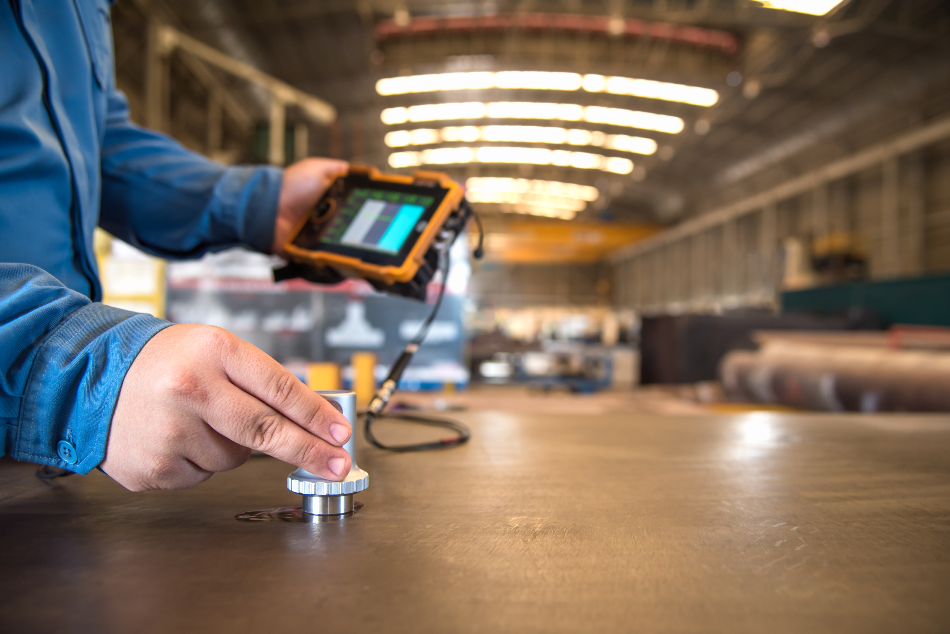As we delve into the era of Industry 4.0, the integration of advanced technologies and the concept of a ‘smart factory’ are becoming increasingly significant. Among the many hurdles faced in this transition, synchronization challenges in Industry 4.0 stand out as a pivotal issue that needs addressing. For Industry QA Professionals and those involved in quality assurance and automation, understanding these challenges is crucial for leveraging the full potential of Industry 4.0.
In this article, we will explore the various facets of synchronization within Industry 4.0, examining how these challenges can impact operations and what solutions can be implemented to overcome them.

Understanding Industry 4.0
Industry 4.0 refers to the fourth industrial revolution, characterized by the fusion of technologies that blur the lines between the physical, digital, and biological worlds. It encompasses areas like Internet of Things (IoT), artificial intelligence (AI), robotics, and big data analytics. These technologies are designed to create ‘smart’ environments where machines, systems, and products are interconnected and capable of sharing information seamlessly.
The Importance of Synchronization
In a smart factory, synchronization ensures that various components and systems work harmoniously. This includes the alignment of production schedules, data transfer, machine operations, and maintenance activities. Effective synchronization is vital for optimizing efficiency, reducing downtime, and ensuring product quality.
Key Synchronization Challenges in Industry 4.0
Despite its importance, achieving seamless synchronization in Industry 4.0 is fraught with challenges:
1. Data Integration
One of the primary challenges is integrating data from diverse sources and systems. With different machines and systems generating vast amounts of data, ensuring that this data is compatible and can be used effectively is a major hurdle.
2. Technological Interoperability
Interoperability between various technologies and systems is crucial for synchronization. However, different manufacturers often use proprietary systems and standards, complicating the integration process.
To learn more about synchronizing various inspection tools, visit synchronization of optical inspection devices.
3. Real-Time Communication
Real-time data communication between systems is essential for synchronization. Delays or breakdowns in communication can lead to inefficiencies and errors in production processes.
4. Cybersecurity Risks
With increased connectivity comes heightened cybersecurity risks. Ensuring that data is synchronized securely without exposure to cyber threats is a critical concern.
5. Scalability
As businesses grow and adopt more complex systems, maintaining synchronization becomes increasingly challenging. Solutions must be scalable to accommodate future growth.
Strategies to Overcome Synchronization Challenges
Addressing these synchronization challenges requires strategic solutions:
Adopting Standard Protocols
Using standard communication protocols can help ensure interoperability and ease data integration.
Implementing Advanced Data Analytics
Advanced data analytics can help process and interpret large datasets, allowing for better synchronization of operations.
Enhancing Cybersecurity Measures
Enhancing cybersecurity measures, such as encryption and network segmentation, can protect data and ensure secure synchronization.
Investing in Scalable IT Solutions
Investing in scalable IT solutions will enable businesses to maintain synchronization as they expand and adopt new technologies.
The Role of QA Professionals
For Industry QA Professionals, understanding and addressing synchronization challenges is crucial. They play a key role in ensuring that systems and processes are aligned, and that product quality is maintained throughout the production cycle.
For more insights on how synchronization impacts automotive inspection, visit synchronization in automotive inspection tools.
Conclusion
As we continue to advance into the era of Industry 4.0, overcoming synchronization challenges will be quintessential for harnessing the full potential of smart technologies. By understanding these challenges and implementing strategic solutions, businesses can optimize their operations and stay ahead in this rapidly evolving landscape.

FAQs
What is Industry 4.0?
Industry 4.0 represents the fourth industrial revolution, focusing on automation, data exchange, and the Internet of Things (IoT) in manufacturing.
Why is synchronization important in Industry 4.0?
Synchronization ensures that all systems and processes in a smart factory work together efficiently, optimizing productivity and quality.
How can synchronization challenges be overcome?
Challenges can be addressed by adopting standard protocols, utilizing data analytics, enhancing cybersecurity, and investing in scalable solutions.
For more information on the right inspection frequency for equipment, visit right inspection frequency.
This article contains affiliate links. We may earn a commission at no extra cost to you.
